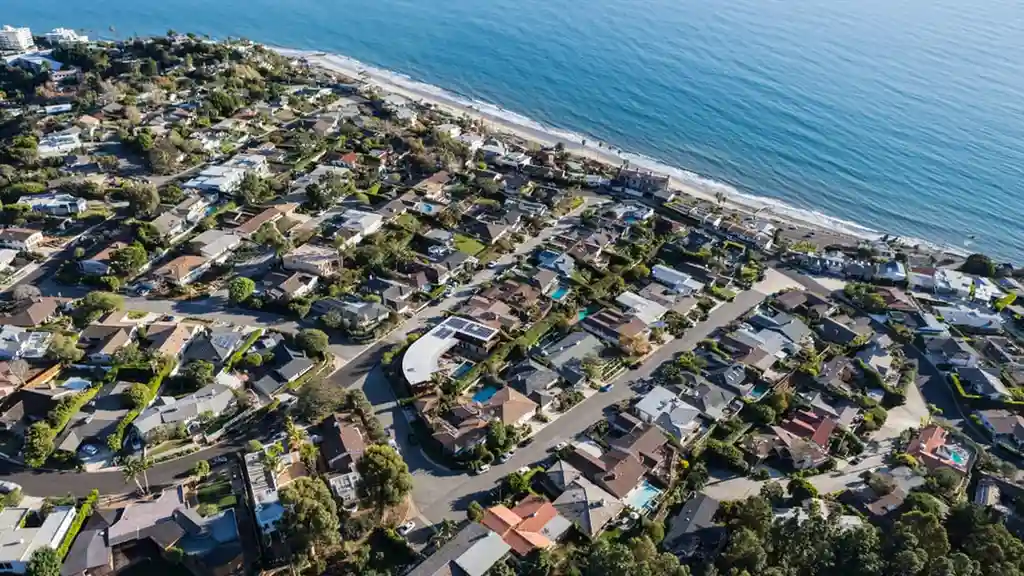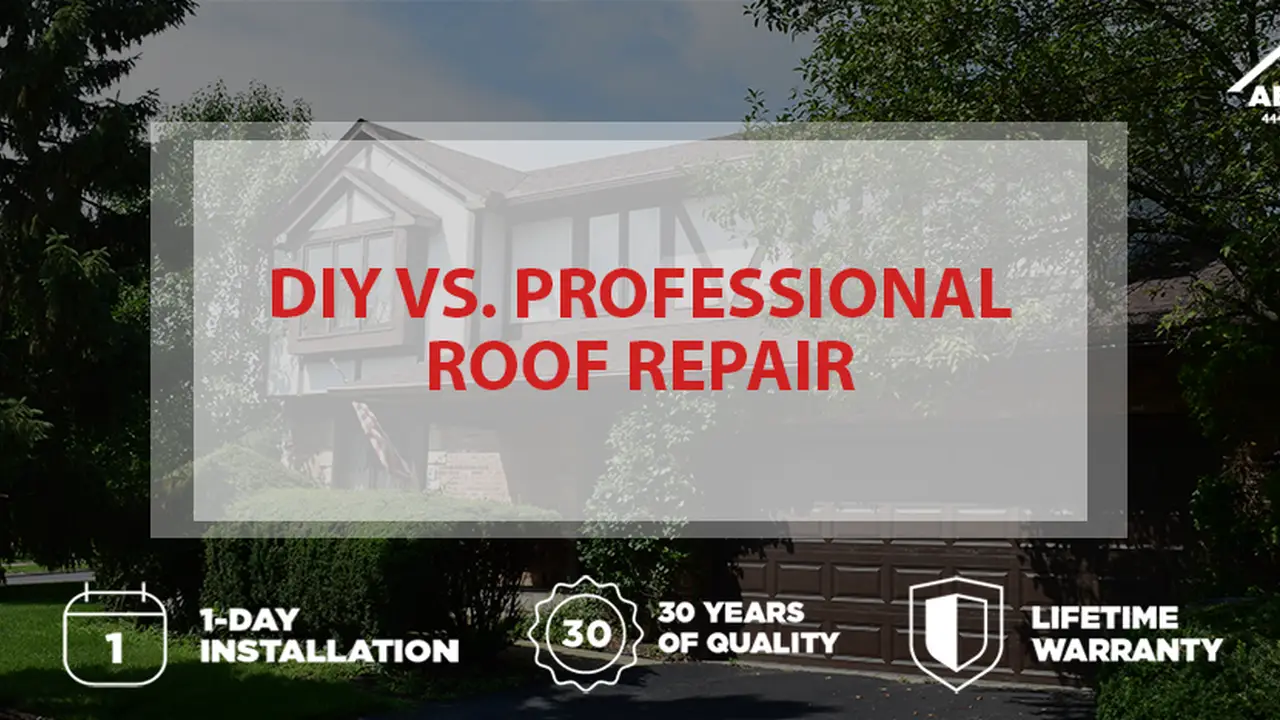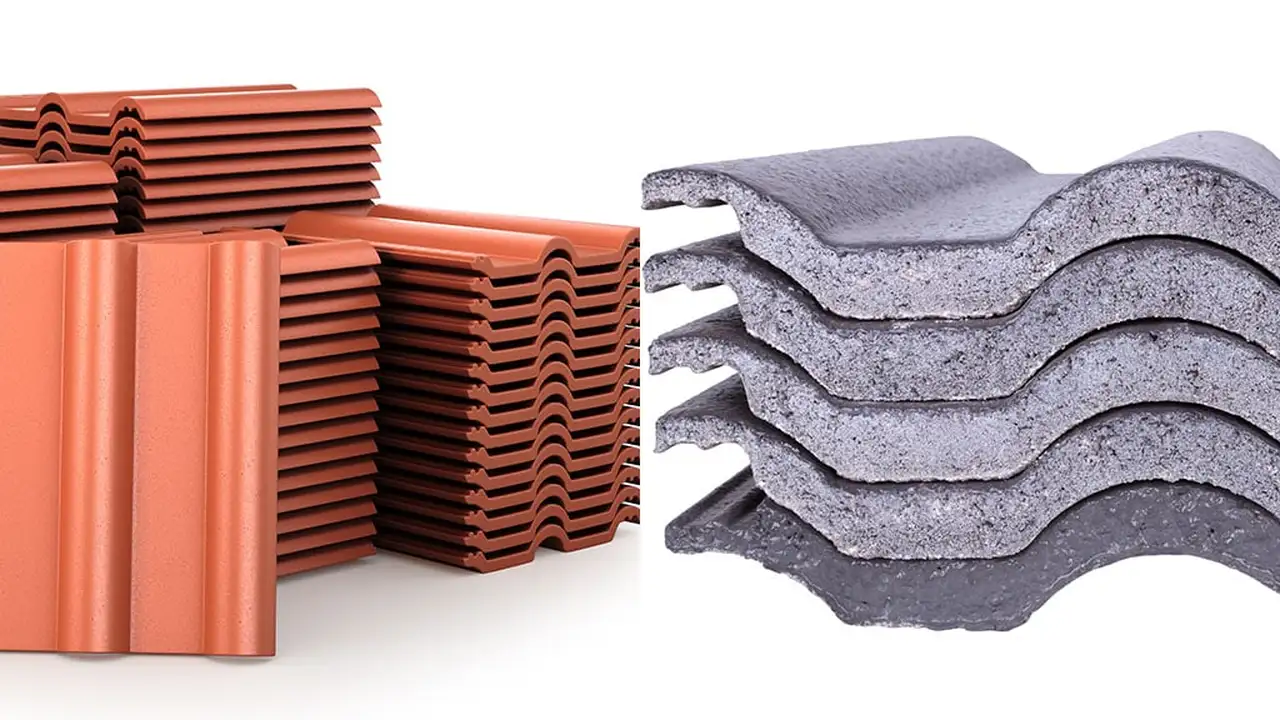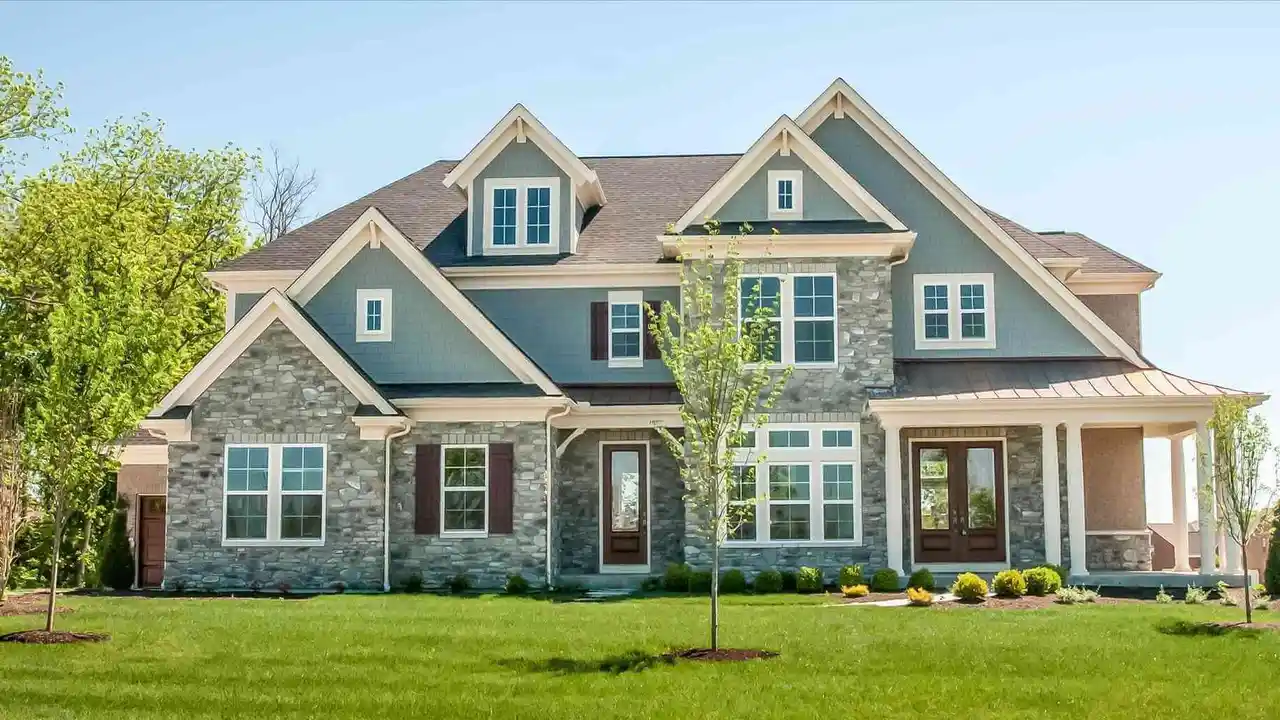Coastal Roofing Materials Salt Air Resistance
Select roofing materials specifically engineered to resist salt air corrosion and harsh coastal environments.

Select roofing materials specifically engineered to resist salt air corrosion and harsh coastal environments.
Coastal Roofing Materials Salt Air Resistance
Living by the sea is a dream for many, offering breathtaking views, refreshing breezes, and a relaxed lifestyle. However, coastal environments come with a unique set of challenges, especially when it comes to maintaining your home. One of the most significant concerns for homeowners in these regions is the impact of salt air on roofing materials. The constant exposure to salt-laden air, high humidity, strong winds, and intense UV radiation can rapidly degrade conventional roofing, leading to costly repairs and premature replacement. That's why choosing the right roofing material engineered for salt air resistance is not just a preference; it's a necessity.
This comprehensive guide will delve deep into the world of coastal roofing, exploring the specific challenges posed by seaside living and, more importantly, identifying and comparing the best roofing materials designed to withstand these harsh conditions. We'll look at various options, discuss their pros and cons, provide insights into their typical applications, and even touch upon pricing to help you make an informed decision for your coastal sanctuary.
Understanding the Coastal Environment Impact on Roofs
Before we dive into specific materials, it's crucial to understand exactly what makes coastal environments so tough on roofs. It's not just about the occasional hurricane or strong gust of wind; it's the continuous, subtle, yet destructive forces at play.
Salt Corrosion and Degradation of Roofing Materials
The most obvious culprit is salt. Microscopic salt particles carried by sea spray and wind settle on your roof, and when combined with moisture (which is abundant in coastal areas), they create a highly corrosive environment. This salt accelerates the oxidation of metals, breaks down organic materials, and can even penetrate porous surfaces, leading to internal damage. For instance, galvanized steel, a common roofing material, can see its protective zinc coating rapidly corrode in salty conditions, exposing the steel underneath to rust.
High Humidity and Moisture Challenges for Coastal Roofs
Coastal regions typically experience higher humidity levels. This constant moisture promotes the growth of mold, mildew, algae, and moss on roofs. Beyond aesthetic concerns, these growths can trap moisture against the roofing material, leading to rot in organic materials like wood, and can even compromise the integrity of shingles by lifting them or causing granular loss. High humidity also means that materials dry out slower, prolonging the exposure to corrosive elements.
UV Radiation Exposure and Roofing Longevity
With fewer obstructions and often clearer skies, coastal homes are frequently exposed to intense UV radiation. UV rays break down the chemical bonds in many roofing materials, causing them to become brittle, crack, fade, and lose their protective properties. Asphalt shingles, for example, can experience accelerated granular loss, while plastics and sealants can become chalky and ineffective.
Wind Uplift and Storm Resistance for Coastal Homes
Coastal areas are notoriously windy, not just during major storms but also on a daily basis. Constant wind can cause wear and tear, lifting edges of shingles, loosening fasteners, and even tearing off entire sections of roofing. During hurricanes or tropical storms, the wind forces are extreme, requiring roofing systems that are specifically designed and installed to resist significant uplift pressures.
Top Roofing Materials for Salt Air Resistance and Coastal Durability
Now that we understand the challenges, let's explore the best roofing materials that stand up to the test of coastal living. We'll focus on their inherent properties, specific advantages in salty environments, and typical applications.
Metal Roofing Systems for Coastal Protection
Metal roofing is often a top contender for coastal homes due to its inherent durability and resistance to many environmental factors. However, not all metals are created equal in a salty environment.
Aluminum Roofing for Salt Air Environments
Why it's great: Aluminum is naturally highly resistant to rust and corrosion, even in direct contact with salt spray. It's lightweight, durable, and can be coated for additional protection and aesthetic appeal. It also reflects solar radiation, contributing to energy efficiency.
Use cases: Ideal for any coastal home, from residential to commercial. Available in various profiles like standing seam, shingles, and tiles.
Specific Products and Comparison:
- Classic Metal Roofing Systems (e.g., Oxford Shingle, Rustic Shingle): These offer aluminum shingles designed to mimic traditional roofing materials like slate or wood, but with superior coastal performance. They come with Kynar 500® or Hylar 5000® finishes, which are highly resistant to fading and chalking from UV and salt.
- Everlast Roofing (e.g., Everlast II, Everloc): Offers agricultural and residential aluminum panels. While often seen in rural settings, their aluminum options are excellent for coastal durability.
- Drexel Metals (e.g., DMC 150SS, DMC 200SS): Provides high-quality standing seam aluminum panels, known for their robust interlocking systems that offer excellent wind uplift resistance.
Pricing (approximate, per square foot installed): $10 - $20+, depending on profile, finish, and complexity of installation. Aluminum is generally more expensive than steel but offers superior corrosion resistance.
Copper Roofing for Ultimate Coastal Longevity
Why it's great: Copper is the king of corrosion resistance. It develops a beautiful green patina over time, which acts as a protective layer, making it virtually impervious to salt air, rust, and biological growth. It's incredibly durable, lasting 100+ years, and requires minimal maintenance.
Use cases: High-end residential, historic homes, architectural accents. Often used for standing seam, shingles, or decorative elements.
Specific Products and Comparison:
- Revere Copper Products: A leading manufacturer of copper sheets and coils used by various fabricators for standing seam and custom copper roofing.
- Zappone Copper: Specializes in copper shingles and tiles, offering a unique aesthetic with exceptional durability.
Pricing (approximate, per square foot installed): $25 - $60+. Copper is a premium material with a significant upfront cost, but its longevity and low maintenance can offer long-term value.
Galvalume Steel Roofing with Enhanced Coatings for Coastal Areas
Why it's great: Galvalume is steel coated with a mixture of aluminum and zinc (typically 55% aluminum, 43.4% zinc, 1.6% silicon). This coating provides significantly better corrosion resistance than traditional galvanized steel, especially in coastal environments. When combined with high-performance paint systems like Kynar 500® or Hylar 5000®, it offers excellent protection against salt, UV, and fading.
Use cases: Residential, commercial, agricultural. Available in standing seam, corrugated, and shingle profiles.
Specific Products and Comparison:
- Sheffield Metals (e.g., SMI Roof Panels): Offers a wide range of Galvalume panels with Kynar 500® finishes, known for their color retention and coastal durability.
- Fabral (e.g., Grandrib 3, Stand N Seam): Provides various Galvalume steel panels suitable for coastal applications, often with a good balance of cost and performance.
- McElroy Metal (e.g., Max-Rib, Medallion-Lok): Another major player offering Galvalume steel options with robust paint systems.
Pricing (approximate, per square foot installed): $8 - $18+. Galvalume steel is a more cost-effective metal option than aluminum or copper, offering good performance for its price point in coastal settings.
Synthetic and Composite Roofing for Coastal Homes
These engineered materials are designed to mimic the look of natural materials while offering superior performance against environmental stressors.
Synthetic Slate and Shake for Coastal Aesthetics and Durability
Why it's great: Made from advanced polymers, often with recycled content, synthetic slate and shake are impervious to salt, moisture, insects, and rot. They are lightweight, highly impact-resistant (great for hail), and come with excellent wind ratings. They won't crack, peel, or fade like natural materials in harsh coastal sun.
Use cases: Residential, commercial, historic renovations where the look of natural slate or wood is desired without the maintenance or coastal degradation issues.
Specific Products and Comparison:
- DaVinci Roofscapes (e.g., DaVinci Slate, DaVinci Shake): Widely regarded as a premium synthetic option, offering a wide array of colors and profiles, with Class A fire ratings and high wind resistance. Their products are specifically tested for coastal performance.
- CeDUR Roofing Shakes: Offers a realistic cedar shake look with the benefits of synthetic materials, including resistance to salt, rot, and insects.
- Enviroshake: Another strong contender, made from 95% recycled materials, offering excellent durability and a natural appearance.
Pricing (approximate, per square foot installed): $12 - $25+. While more expensive than asphalt, their longevity and low maintenance often justify the investment.
Composite Shingles for Enhanced Coastal Performance
Why it's great: Composite shingles are typically made from a blend of asphalt, fiberglass, and other materials, but high-performance composite shingles designed for coastal areas incorporate advanced polymers and UV inhibitors. They offer better impact resistance, higher wind ratings, and improved resistance to granular loss compared to standard asphalt shingles.
Use cases: Residential, especially where a traditional shingle look is preferred but with enhanced durability.
Specific Products and Comparison:
- CertainTeed Landmark TL (Triple Laminate): While still asphalt-based, these are thicker and more robust than standard architectural shingles, offering better wind resistance and a longer lifespan. They are a step up for coastal areas but still require good maintenance.
- GAF Timberline HDZ: Features LayerLock Technology for superior shingle-to-shingle adhesion, offering excellent wind uplift resistance. While not specifically 'salt-proof,' their enhanced durability makes them a better choice than basic asphalt for less extreme coastal conditions.
- Malarkey Roofing Products (e.g., Legacy, Vista): Known for their NEX® Polymer Modified Asphalt, which provides enhanced flexibility, impact resistance, and granule adhesion, making them more resilient in coastal environments.
Pricing (approximate, per square foot installed): $6 - $12+. These are generally more affordable than full synthetic options but offer a significant upgrade over basic 3-tab asphalt shingles.
Tile Roofing for Coastal Aesthetics and Durability
Tile roofs, whether clay or concrete, have a long history of use in coastal regions, particularly in warmer climates, due to their inherent properties.
Clay Tile Roofing for Coastal Elegance and Resilience
Why it's great: Clay tiles are incredibly durable, non-combustible, and naturally resistant to salt, rot, and insects. They don't corrode and their color is baked in, making them highly resistant to fading from UV exposure. They also provide excellent thermal mass, helping to keep homes cool.
Use cases: Mediterranean, Spanish, or mission-style homes. Residential and commercial properties seeking a distinctive aesthetic and long-term performance.
Specific Products and Comparison:
- Boral Roofing (e.g., ClayMax, Saxony): Offers a wide range of clay tile profiles and colors, known for their durability and aesthetic appeal. They have specific products designed for high-wind regions.
- Ludowici Roof Tile: A premium manufacturer of custom clay roof tiles, often used in high-end and historic applications, offering unparalleled longevity and beauty.
Pricing (approximate, per square foot installed): $15 - $40+. Clay tiles are a premium option, with costs varying significantly based on profile, color, and installation complexity.
Concrete Tile Roofing for Robust Coastal Protection
Why it's great: Concrete tiles are similar to clay in their benefits but are generally more affordable and offer a wider range of profiles and colors. They are highly resistant to salt, fire, rot, and insects. Their heavy weight provides excellent wind resistance, and they offer good thermal insulation.
Use cases: Residential and commercial properties, especially those seeking a durable, low-maintenance roof with a tile aesthetic.
Specific Products and Comparison:
- Eagle Roofing Products (e.g., Capistrano, Bel Air): A leading manufacturer of concrete roof tiles, offering a vast selection of styles, colors, and textures. Their products are designed for durability in various climates, including coastal.
- Boral Roofing (e.g., Barcelona, Villa): Also offers a strong line of concrete tiles, providing similar benefits to their clay counterparts but at a different price point.
Pricing (approximate, per square foot installed): $10 - $25+. Concrete tiles are a more budget-friendly alternative to clay while still offering excellent coastal performance.
Key Considerations When Choosing Coastal Roofing Materials
Beyond the material itself, several other factors play a crucial role in ensuring your coastal roof performs as expected.
Wind Resistance Ratings and Fastening Systems for Coastal Roofs
This is paramount for coastal homes. Look for materials and systems with high wind uplift ratings (e.g., ASTM D3161 Class F, UL 2218 Class 4). The fastening system is just as important as the material. For metal roofs, robust clips and concealed fasteners are preferred. For tiles, proper nailing or mortar application is critical. Always ensure your contractor follows manufacturer specifications and local building codes for high-wind zones.
Underlayment and Flashing for Enhanced Coastal Protection
The underlayment is your roof's secondary defense against water intrusion. In coastal areas, a high-quality, self-adhering, waterproof underlayment is highly recommended. These membranes provide an extra layer of protection against wind-driven rain and ice dams (even in warmer climates, heavy rain can be an issue). Flashing around penetrations (chimneys, vents, skylights) must be meticulously installed and made from corrosion-resistant materials like copper or aluminum.
Color and Reflectivity for Coastal Energy Efficiency
In sunny coastal regions, a lighter-colored or highly reflective roof can significantly reduce heat absorption, leading to lower cooling costs. Many metal and tile options come in cool roof colors or coatings that meet ENERGY STAR requirements, reflecting more sunlight and emitting less heat.
Warranty and Manufacturer Reputation for Coastal Roofing
Always scrutinize the warranty. Does it cover coastal applications? Are there specific exclusions for salt corrosion? A reputable manufacturer with a strong track record in coastal regions will offer comprehensive warranties that reflect the durability of their products in these challenging environments. Look for non-prorated warranties and those that cover both materials and labor.
Installation Expertise for Coastal Roofing Projects
Even the best materials will fail if not installed correctly. For coastal homes, it's even more critical to choose a roofing contractor with specific experience in high-wind and salt-air environments. They should be familiar with local building codes, proper fastening techniques for coastal conditions, and the nuances of working with specialized materials.
Maintenance Tips for Coastal Roofs to Maximize Lifespan
Even with the most resilient materials, regular maintenance is key to maximizing the lifespan of your coastal roof.
Regular Inspections for Early Detection of Issues
Conduct visual inspections at least twice a year and after every major storm. Look for loose or missing fasteners, signs of corrosion, granular loss on shingles, cracked tiles, or any accumulation of debris. Early detection can prevent minor issues from becoming major problems.
Cleaning and Debris Removal for Coastal Roof Health
Regularly clear your roof and gutters of leaves, branches, and other debris. This prevents moisture from being trapped against the roofing material, which can accelerate corrosion and biological growth. For metal roofs, occasional rinsing with fresh water can help remove salt buildup.
Addressing Mold Algae and Moss Growth Promptly
If you notice mold, algae, or moss, address it promptly. Use appropriate cleaning solutions recommended by the roofing material manufacturer. Avoid harsh chemicals or high-pressure washing, which can damage the roof surface. For persistent issues, consider professional roof cleaning services.
Checking Fasteners and Sealants for Coastal Integrity
Over time, fasteners can loosen, and sealants around vents and flashing can degrade due to UV exposure and temperature fluctuations. Periodically check these areas and re-seal or tighten as necessary. This is particularly important for metal roofs where fasteners are exposed.
Real World Examples and Case Studies of Coastal Roofing Success
Let's look at some hypothetical scenarios to illustrate how these materials perform.
Case Study 1 Luxury Beachfront Home with Copper Roofing
A high-end beachfront property in Malibu, California, opted for a standing seam copper roof. Despite constant exposure to salt spray and intense sun, the copper has developed a beautiful, protective patina over 30 years, requiring virtually no maintenance beyond occasional gutter cleaning. The initial investment was substantial, but the owners have enjoyed unparalleled longevity and aesthetic appeal, with no corrosion issues whatsoever.
Case Study 2 Family Home in Florida with Synthetic Slate
A family home in a hurricane-prone area of Florida replaced its asphalt shingle roof with DaVinci Roofscapes synthetic slate after repeated storm damage. The new roof boasts a Class A fire rating, Class 4 impact rating, and can withstand winds up to 110 mph. After several hurricane seasons, the roof has remained intact, with no signs of salt degradation or granular loss, providing peace of mind and significantly reducing insurance premiums.
Case Study 3 Coastal Restaurant with Galvalume Steel
A popular seafood restaurant on the coast of North Carolina chose a Galvalume standing seam metal roof with a Kynar 500® finish. The owners needed a durable, low-maintenance option that could withstand the salty air and frequent storms. After 15 years, the roof still looks vibrant, with no signs of rust or fading, proving that Galvalume steel, when properly coated, is a cost-effective and reliable solution for commercial coastal properties.
Future Trends in Coastal Roofing Technology
The roofing industry is constantly evolving, with new innovations aimed at improving durability, sustainability, and performance, especially in challenging environments like coastal regions.
Self Healing Coatings for Enhanced Coastal Durability
Researchers are developing self-healing coatings that can automatically repair minor scratches and cracks, extending the life of roofing materials and further protecting against corrosion and moisture intrusion. Imagine a metal roof that can 'heal' itself from minor abrasions caused by wind-blown debris.
Advanced Polymer Blends for Superior Salt Resistance
New polymer formulations are continuously being developed, offering even greater resistance to UV degradation, salt corrosion, and extreme weather. These advanced blends will lead to even more resilient synthetic and composite roofing options.
Integrated Solar Solutions for Sustainable Coastal Homes
As solar technology advances, we'll see more seamless integration of solar cells directly into roofing materials (Building Integrated Photovoltaics - BIPV). These systems will not only provide clean energy but will also be designed with enhanced coastal durability to withstand the elements while generating power.
Smart Roofing Systems for Proactive Coastal Maintenance
The future of coastal roofing may include smart systems with embedded sensors that monitor temperature, humidity, wind speed, and even detect early signs of moisture intrusion or damage. These systems could alert homeowners to potential issues, allowing for proactive maintenance and preventing costly repairs.
Choosing the right roofing material for your coastal home is a critical decision that impacts its longevity, safety, and value. By understanding the unique challenges of salt air environments and carefully considering the properties of materials like aluminum, copper, coated Galvalume steel, synthetic slate/shake, and clay/concrete tiles, you can select a roof that not only looks great but also provides decades of reliable protection against the elements. Remember, investing in quality materials and expert installation for a coastal roof is an investment in your home's future, ensuring it remains a beautiful and secure sanctuary by the sea.
:max_bytes(150000):strip_icc()/277019-baked-pork-chops-with-cream-of-mushroom-soup-DDMFS-beauty-4x3-BG-7505-5762b731cf30447d9cbbbbbf387beafa.jpg)






